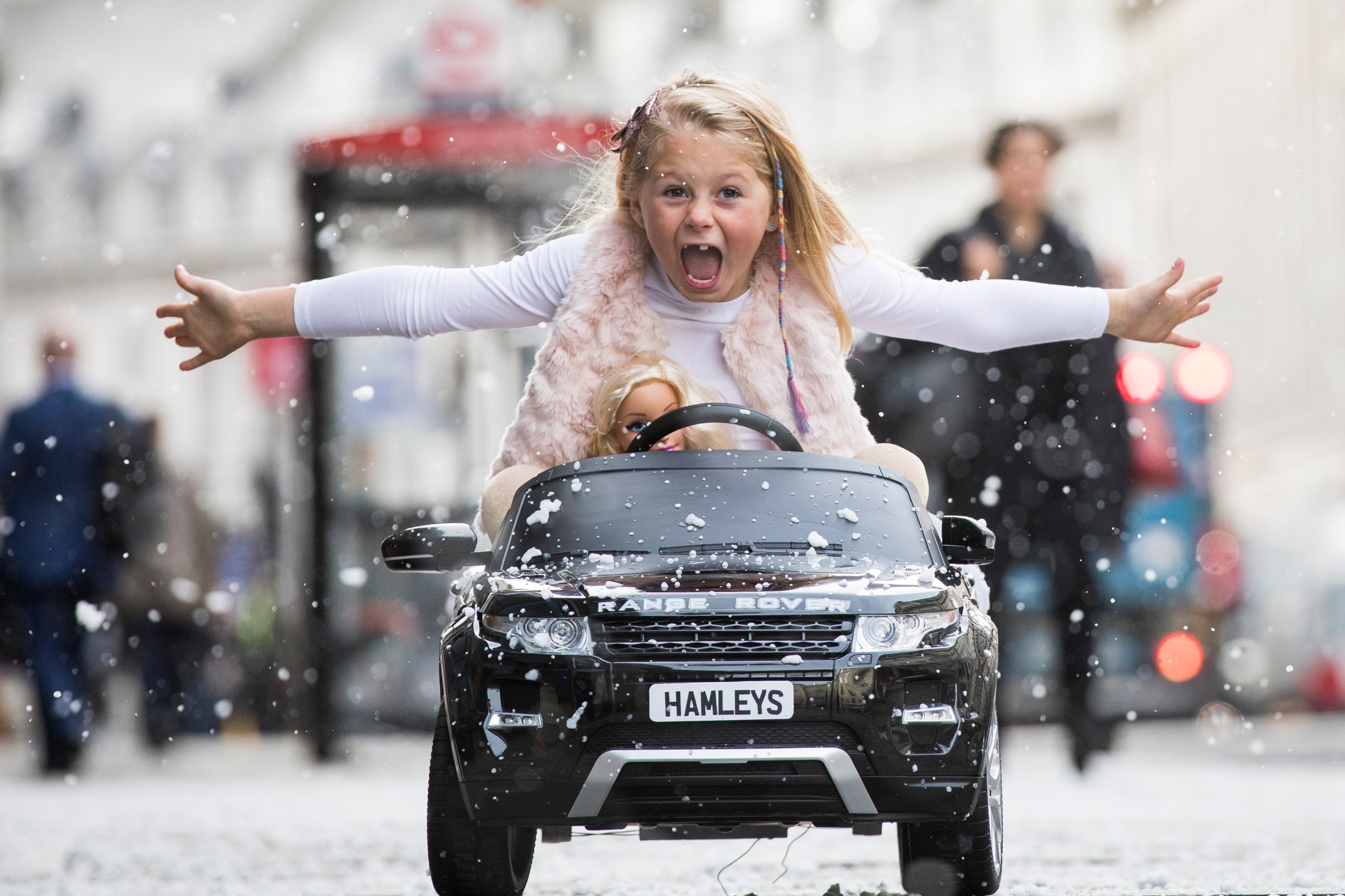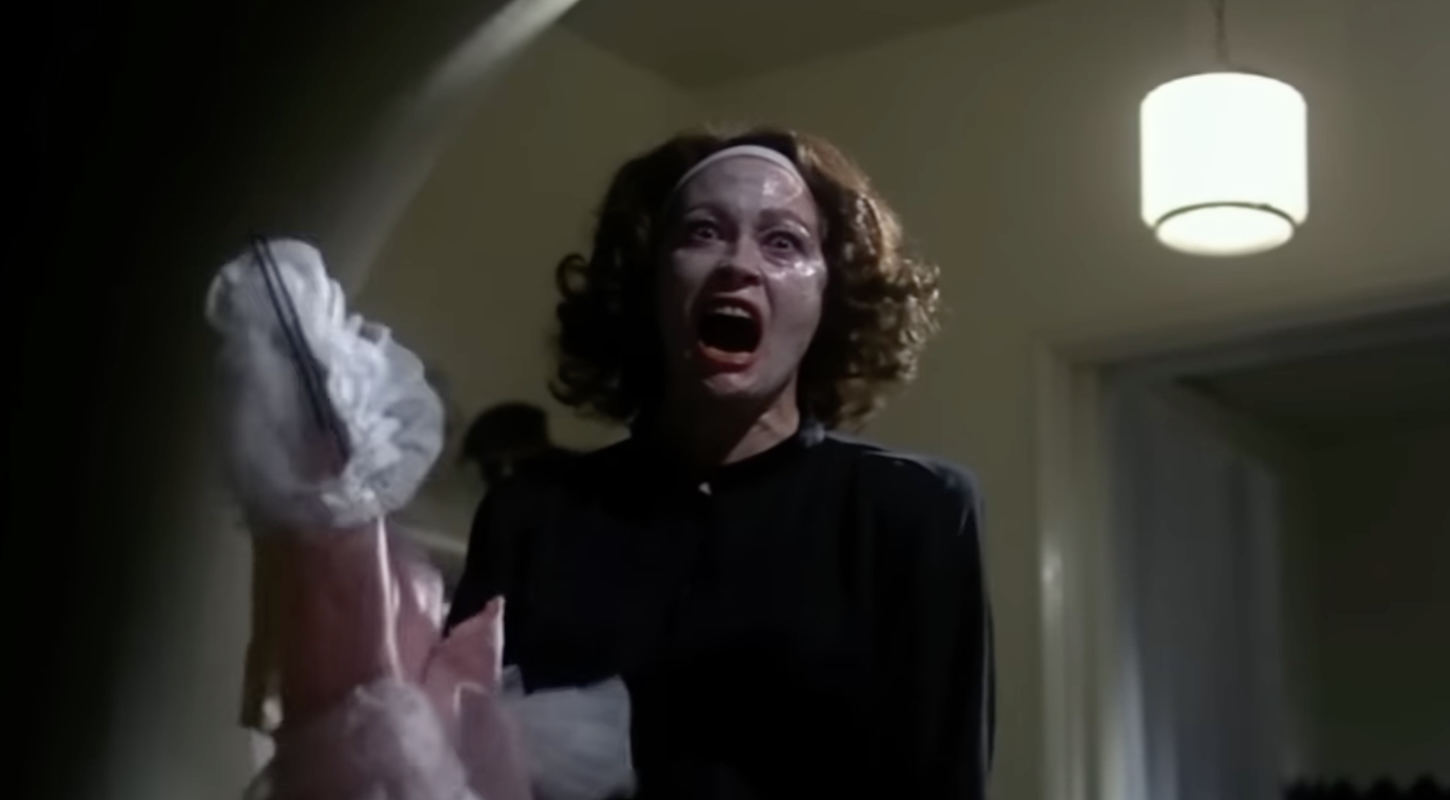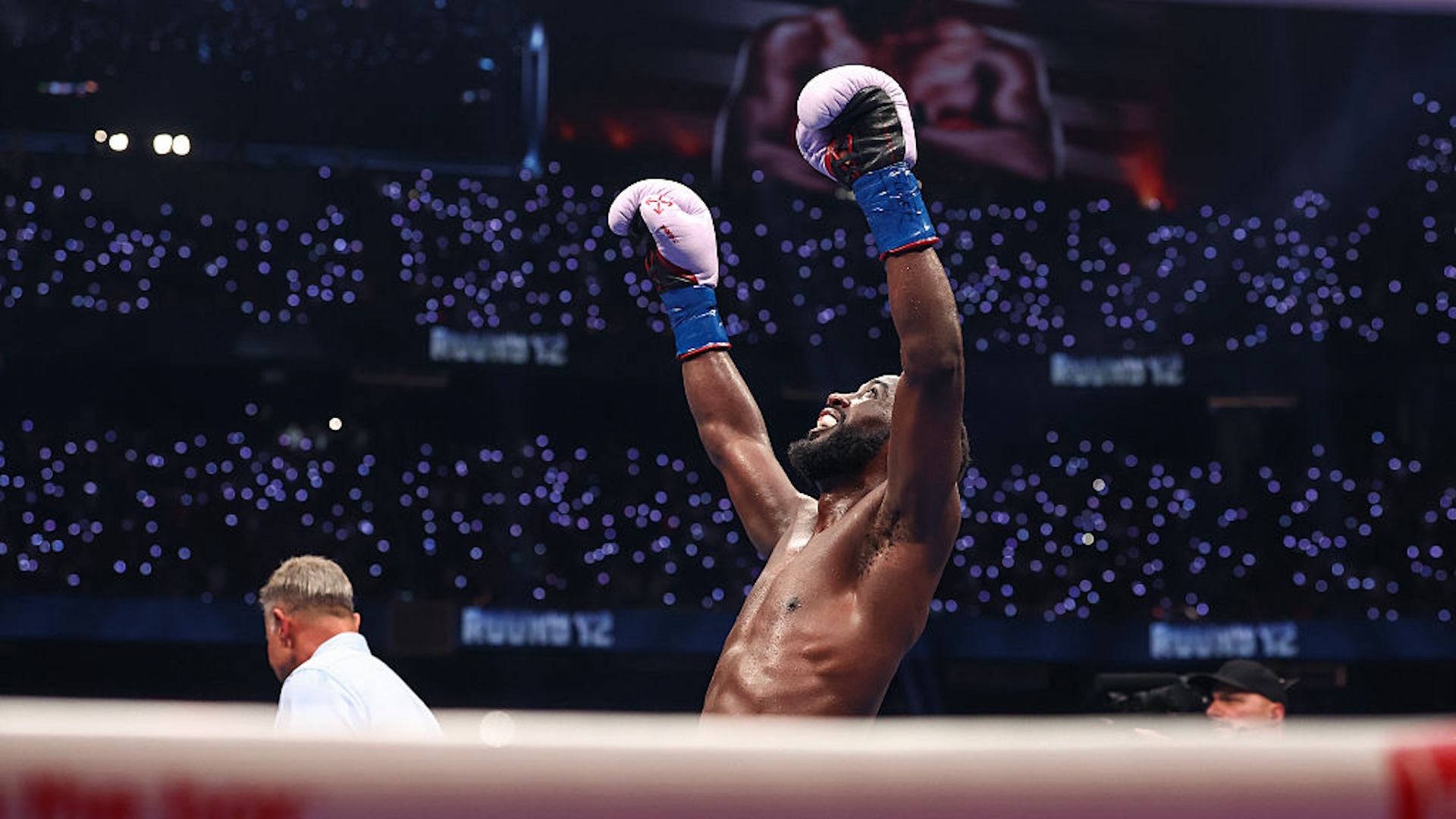I want to say that I didn’t know it was a bad decision at the time, but I knew. It was May. The weather was exactly the same as it is now somehow: dreary and drizzly, the sun never out for long enough, the trees dropping things onto the ground. I knew it was dumb, but I wanted dumb. I wanted to change something, anything really, about how small my life had become.
For six weeks, I did not leave the one-mile radius around my house. Really, it’s worse than that because I don’t like to walk south (I am lazy and do not want to walk back up the big hill my apartment is on). So for six weeks, I stayed within one mile north of my apartment. Three times a day I ventured outside to walk the dog. Once a week, I went to the grocery store. For almost seven years, I lived in this apartment happily without a car. Whenever people from back home would stare open-mouthed at a wedding when I dropped this little fact, I could feel my little smile, all that smugness in my cheekbones.
I didn’t need a car, I would say. I had everything right here: restaurants with great reviews, grocery stores, a half dozen bars, and stores with fancy candles. It was all within walking distance. Everything else—concerts and live sports and the fancy grocery store—was on public transportation. It is great not owning a car, I would boast. And it was. It was great for so long.
I learned in college psychology that over time we stop seeing things. It’s a shortcut. When we see something enough (our desk, our dog, our best friend), our brains try to save time by not visually searching. We see what we think is there, what is usually there. Maybe that’s why, after two full months of quarantine, I felt like I lived in an endlessly looping day, in the most boring neighborhood on earth. I couldn’t see it because it was all I saw.
All my life, I’ve had clinical depression, and I’ve spent years in therapy learning to manage it. Something I learned that could help was novelty. If I could just shake my brain out of its trance for a moment with a new food or a new place or a new piece of art or a new experience, the episode might break open for just a moment and allow me to breathe. Every week the pandemic lasted, my fear grew. I felt so bad already and I wasn’t even in a depressive state. It didn’t feel manageable. I felt claustrophobic in my own life, and in my wild thrashing to escape I set my little eyes on the idea of a car and became convinced it could solve my problems.
I was in the grips of car fever. I wanted to go to a different neighborhood. I wanted to go to the woods. I wanted to scream because it felt like I was rooted to my apartment forever. It was a familiar feeling. Something I’d felt at 15 years old, when I saw people around me, like me, driving wherever they wanted and I still had to beg my mom or my friend to take me somewhere. Except now there was no mom and no friends. I was just trapped in my little apartment. I wanted a car. I wanted to drive.
The list of reasons not to buy a car in the middle of a pandemic was long. Cars are expensive. Cars are bad for the planet and the environment. Cars require maintenance, and I am very lazy. The acidic, toxic smell of gas pumps never really leaves your hands after the first wash. Parking in my neighborhood is an absolute nightmare.
The list of reasons not to buy a stick-shift was shorter, but much more persuasive: neither I nor my husband knew how to drive one. But it was a pandemic, and we were bored.
We went to test-drive the car on a Sunday afternoon. We had to rent a car to drive to the dealership because there was no other way to get there. We wiped it with the few precious remaining Clorox wipes we had been rationing. We rolled the windows down. We wore our masks. The dealership was small and the man waiting to help us was eager, as all used-car salesmen are portrayed, but he wasn’t as happy as I’d expected. There were no fake smiles, no desperation creeping behind white strip bleached teeth.
His colleague had to take us in the car. Like us, the salesman also could not drive a stick-shift. So we piled into the little car with this other stranger, and he showed us how the car could shift gears. Incredible. It was exactly like the half dozen YouTube videos I watched. The car was so small. It felt like a toy. I wanted it. I wanted the toy car because I wanted to leave my neighborhood and because I wanted to zip around and feel free and because there is something in the air in this pandemic that has made me infinitely more cautious and infinitely more reckless all at once.
The test driver pulled over so I could try. I got behind the wheel and adjusted my seat on the small tree lined street of a little neighborhood. The car lurched. It hopped forward like a bunny for a few feet. “More gas,” the man said, and I gave it more gas and then it died. The red light shaped like an engine came on. I turned the car off and back on again. I was shaking. I killed the car two more times and then the man drove us back to the dealership and we came back to our apartment.
On the drive home, I felt panic bloom inside my chest and clammed up. “Are you afraid of getting a stick?” Trey asked, but it wasn’t that. I was nervous about the money. Trey’s hours had been reduced at work, and my freelance work dried up the minute editors stopped going into the office. Still, we had the financial privilege of two incomes, of not having upgraded apartments ever, of being white people who only now realized how much we were spending on eating out and traveling to weddings when we couldn’t do those things anymore. We were lucky. We could afford to be stupid.
For a couple of days, we made pro-con lists. There were many, many more cons. It was so stupid. All of my reasonable friends said, “Kelsey, no.” But my unreasonable friends (and many of the staffers of this website) said “yes do it,” and that was the advice I wanted to hear. “You’ll figure it out,” my colleague Chris said. “People stupider than you have learned to drive a stick-shift.” There in the pro column was what I wanted: “could be fun.”
The dealership offered to deliver it for free, which is either a nice thing they are doing because of COVID-19 safety protocols, or a result of them hearing about our absolute disaster of a test drive. And that is how we ended up standing in front of our apartment on a Thursday afternoon looking at a 2009 two-door Volkswagen GTI with six figures' worth of miles on it.
I wish I could say that I barely remember parking the car the first time, but I remember every excruciating stall, every moment of pure panic, every time I turned the car off and back on. Luckily, it was the middle of the afternoon, and we were able to find a spot three blocks away that I could pull straight into. It took us—and I am not exaggerating—40 minutes to achieve this feat.
Could we return the car? No, we couldn’t return it. Could we?
When I learned to drive an automatic car, I did so in a giant Texas church parking lot in the middle of a Saturday afternoon. I was 15 and my dad taught me how to park the car and take it over speed bumps and not be scared of the giant metal box hurtling through space with me inside it. That is what I thought we would do! We would simply take our new car to a giant parking lot, and learn to drive it. Perfect.
There were two problems with this plan that I did not think through before the car arrived. 1) There are not very many big parking lots in cities and 2) we would still have to drive to the ones that do exist, even if they were relatively close..
I watched three hours' worth of tutorials about how to start the car. I dreamt about trying to start the car. I tried to do the clutch with my foot at my desk. The next night, we went out, hands sweaty like it was a first date, and climbed into our car. We loaded the dog in the backseat. She wagged her tail. I followed the instructions Chris gave me and the car started, kind of. For an hour we drove in a circle around the neighborhood next to ours which is not as hilly. By drove, I mean we were in the car for an hour. We did not drive. We bucked the car. We cursed. We took our masks off and turned the car off and back on again and begged it not to stall.
On the fourth day of this, we could not find a parking spot. We circled, stalling at every stop sign, for a half hour. I cried because I was frustrated and I was tired and I wanted to be able to drive a car. It seemed so simple. When I let my dumb dog hop out that night, even she knew I was upset and licked my hand. “Do you want to quit?” Trey asked me, but I shook my head. I didn’t want to quit. This was, depressingly, the most fun thing I had done in months.
We took a break for two days. We watched more videos. I dreamt that I needed to drive home because I had forgotten my mask and couldn’t because I couldn’t get the car to move and woke up in a cold sweat. We decided to try something else. Early on a Saturday morning, we gripped coffee and loaded into the car. I pulled the car onto a straight, long, level street, and I stopped and started it. Clutch in, first gear, gas, clutch out, hold at the bite point and... the car moved ten feet. Clutch in. Brake. Do it again. Clutch in, first, gas, clutch out, and it moved again. I did this twenty times, put the car in reverse and went back to the beginning of the street.
On the sidewalk, couples walking their dog looked at each other and back at us in our little car moving slowly and jerkily down the street. “These idiots,” we imagined them saying. Only one old lady, her hair blue, her sunglasses huge, yelled at us through the open window. “You’ll figure it out!!!” she yelled and clapped for us. We laughed a little. We would.
The missing ingredient, I realized that morning, was I wasn’t giving the car enough gas. Even though I had found the bite point, I wasn’t pressing on the gas pedal enough for the car not to stall. I was timid. I didn’t want to break the car. I was being fearful. But I pushed a little harder. Some things we only learn because we have to.
The next day, we did it again. The day after that we started circling the neighborhood, dealing with its hills. I stalled the cars so many times in front of a secret service SUV that now they wave at me when I walk my dog. We learned to shift to third. We left the neighborhood. When shifting from third to fourth on a big street heading uphill, I shrieked with happiness. The wind was in my face. I put Fleetwood Mac on the radio.
We learned to drive the car just like everyone who drives a stick-shift said we would. It’s not a skill worth all that much, but it really was something to do. It’s worth it: doing something new and scary. Maybe especially now. We unlocked the fancy, overpriced cheese the good grocery store has, and to see autumn foliage. My dumb dog finally gets to sprint through high grass at the bigger park. It’s worth it to try and learn a new language or to do a handstand. The impulse for novelty and connection is all around me now. There are a dozen new puppies in my neighborhood. I see several grown women toddling in the street on roller skates. We are used to novelty, to having moments of delight and surprise around us.
I don’t really stall the car anymore. I’ve driven the car on tiny, curvy roads, shifting down gears as I go uphill and the revs drop. But you can’t do shortcuts with your brain when you drive a stick-shift. You can’t zone out and drive by feel. Maybe someone who has done it for decades can, but the neighborhood I thought I knew well enough to see without seeing opened up before me behind the wheel. Most roads, I realized as soon as I had to, weren’t as flat as I thought they were. At stop signs, my foot on the clutch, the car rolls backward sometimes when I think it won’t. There’s no need to panic. I know how to start the car on even a steep incline: find the bite point and give it more gas than you think it needs. But there is that moment of attention, the adrenaline that sits you up straighter, the slight terror of failure that perks you up just enough for your eyes to open, and you actually see.







